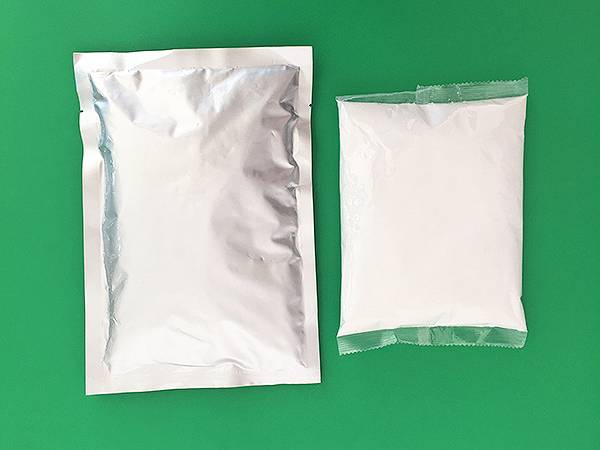



Chemicals Used in Water Treatment - Comprehensive Guide
Chemicals Used in Water Treatment
Water treatment is a crucial process that ensures the safety and quality of drinking water, as well as the effective treatment of wastewater before it is discharged into the environment. Various chemicals play significant roles in this process, each serving specific functions to remove contaminants, disinfect water, and manage mineral balances. Here, we explore some of the essential chemicals used in water treatment and their purposes.
1. Coagulants
Coagulation is one of the first steps in water treatment. Coagulants are chemical substances that help to clump together small particles, making them easier to remove from water. Common coagulants include aluminum sulfate (alum) and ferric chloride. When added to water, these chemicals reduce the repulsive forces between particles, allowing them to aggregate into larger clusters or flocs. This process is critical in removing suspended solids, turbidity, and certain pathogens from the water.
2. Flocculants
Following coagulation, flocculation is the next step where the flocculants enhance the aggregation of particles into larger masses. Traditional flocculants include polymers, such as polyacrylamide and polyethylene oxide. By increasing the size of the particles, flocculants facilitate their sedimentation in the clarifying process. The use of flocculants improves the efficiency of the treatment process, resulting in clearer and cleaner water.
3. Disinfectants
Disinfection is a pivotal stage in water treatment, aimed at eliminating pathogens that could pose health risks. Chlorine is the most widely used disinfectant, effective against a range of bacteria and viruses. Other disinfectants include ozone and ultraviolet (UV) light. Each option has its pros and cons; while chlorine is cost-effective and provides residual protection, ozone is a powerful oxidant that does not leave harmful by-products. UV disinfection is effective against a broad spectrum of microorganisms but requires clear water for optimal effectiveness.
what chemicals are used in water treatment

4. pH Adjusters
The pH of water is vital for effective treatment and must be maintained in an optimal range. Chemicals such as sulfuric acid, sodium hydroxide, and lime are commonly employed to adjust the pH levels of water during treatment. Acids like sulfuric acid lower the pH, making the water more acidic, while sodium hydroxide and lime can increase alkalinity. Proper pH management ensures that coagulation and disinfection processes can occur effectively.
5. Algaecides and Herbicides
In the case of water sources like lakes and reservoirs, controlling algae growth is essential to maintain water quality. Algaecides, such as copper sulfate and hydrogen peroxide, are used to manage algal blooms that can produce toxins and deplete oxygen levels in water. Herbicides may also be utilized to control invasive aquatic plants that can interfere with water treatment processes.
6. Corrosion Inhibitors
To protect water distribution systems, corrosion inhibitors like orthophosphates are used to prevent the leaching of metals from pipes into the water supply. Maintaining water quality in distribution systems is as important as the treatment itself, as it helps to ensure that the water remains safe and palatable throughout its journey to consumers.
In conclusion, the chemistry behind water treatment is intricate and involves a variety of chemicals, each with specific roles to play. By utilizing these chemicals effectively, water treatment facilities can ensure that the water is purified, safe, and ready for consumption, while also protecting the environment from pollutants. Understanding these chemicals is essential for anyone involved in water management, ensuring that we can provide clean and safe water for all.
-
Why Sodium Persulfate Is Everywhere NowNewsJul.07,2025
-
Why Polyacrylamide Is in High DemandNewsJul.07,2025
-
Understanding Paint Chemicals and Their ApplicationsNewsJul.07,2025
-
Smart Use Of Mining ChemicalsNewsJul.07,2025
-
Practical Uses of Potassium MonopersulfateNewsJul.07,2025
-
Agrochemicals In Real FarmingNewsJul.07,2025
-
Sodium Chlorite Hot UsesNewsJul.01,2025










